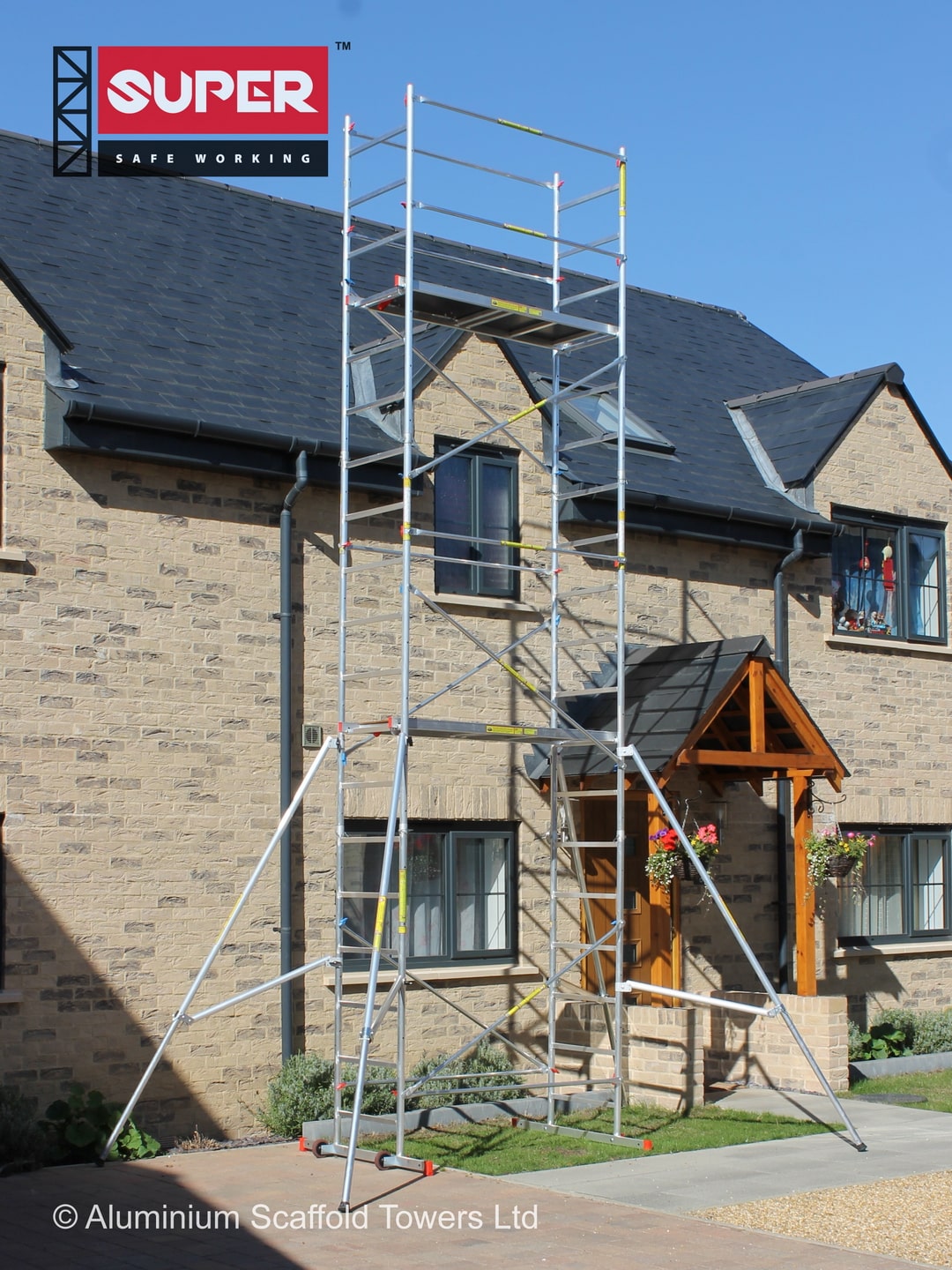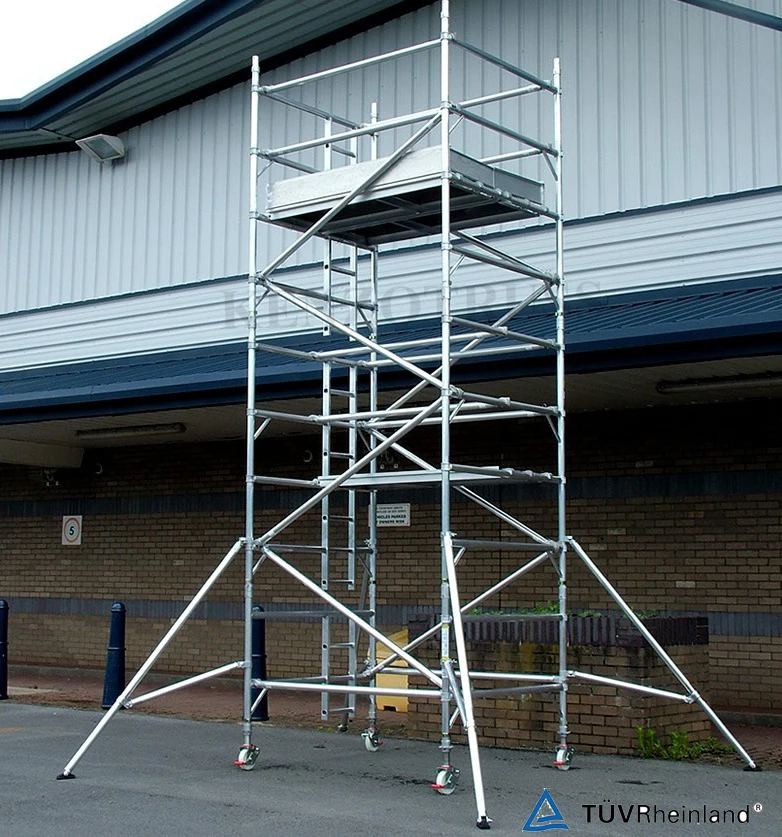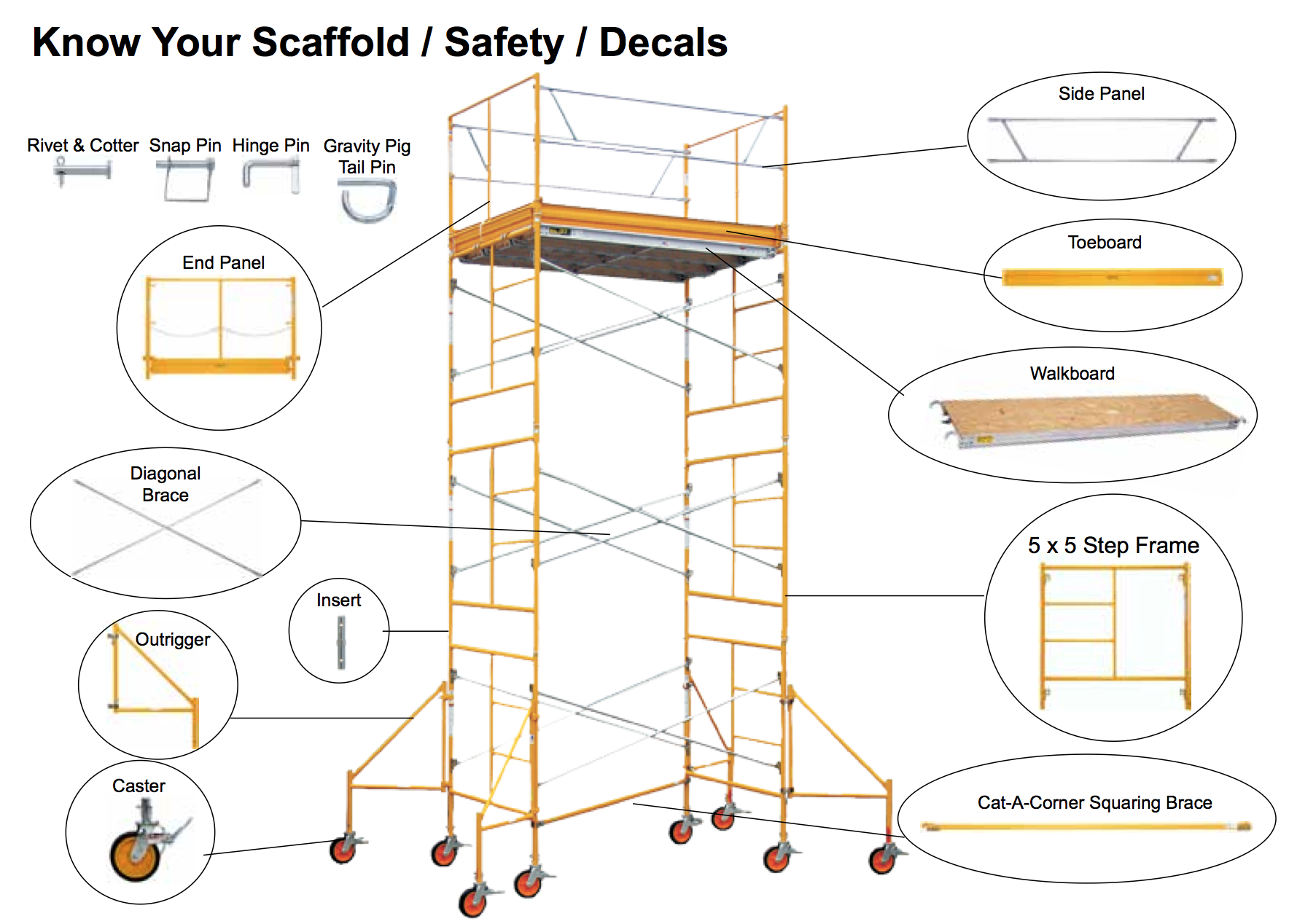Scaffolding on Historical Structures: Obstacles and Solutions
Protecting historic structures with scaffolding entails dealing with product degradation and seismic problems. Cooperation between preservation specialists and engineers is vital. Accessibility restrictions as a result of slim flows call for different solutions while preserving the structure's initial facade. Sustainable materials and advanced technology offer cutting-edge options, making certain efficient preservation. Utilizing standard reconstruction methods and regular assessment is vital for security and safety. The mindful equilibrium of these obstacles and services is crucial in guarding the historical value of these building prizes.
Architectural Challenges
The structural challenges connected with scaffolding on historical buildings commonly need a nuanced approach to assure the conservation of the building honesty. When attending to material degradation, it is essential to comprehend the influence of time on the structural elements of historical habitations. Years of direct exposure to environmental problems can cause the degeneration of products such as timber, stone, or metal, requiring mindful inspection and potentially replacement throughout restoration jobs.
Additionally, seismic enhancing positions an additional significant concern when setting up scaffolding on historic structures. Making certain that the framework can hold up against potential seismic activity without endangering its historic features requires specialized design knowledge and thorough preparation. By incorporating seismic enhancing techniques right into the scaffolding layout, such as base isolators or strengthened frameworks, the historical building can be secured against prospective quake damage while still permitting necessary repair work to take place.
Balancing the demand for structural reinforcement with the preservation of historic credibility is a fragile yet important element of scaffolding on historical structures.
Preservation Considerations
Maintaining the historic importance of a structure throughout scaffolding tasks entails thorough interest to preservation principles and specialized strategies. When dealing with historic structures, maintaining building stability is critical. Scaffolding needs to be meticulously designed and installed to make sure it sustains the framework without jeopardizing its historic attributes. Preservation professionals commonly collaborate very closely with scaffolding designers to create solutions that protect the building's one-of-a-kind layout elements.
One more important facet of conservation considerations is the aesthetic effect of scaffolding on historic structures. The visual appearance of scaffolding can substantially change the assumption of a building, especially if it is a well-known landmark. Therefore, procedures such as making use of products that assimilate with the structure's exterior or including attractive aspects into the scaffolding style might be necessary to decrease the visual impact.
Gain access to Limitations
During scaffolding projects on historical buildings, steering access constraints postures considerable challenges that require careful preparation and cutting-edge services. Movement concerns can occur because of slim flows or restricted paths around the structure. These restrictions might be aggravated by the need to maintain the heritage elements of the structure, which can restrict the setup of typical scaffolding systems.
Heritage constraints usually determine that the original fa ade or building components can not be changed or damaged during the scaffolding procedure. This means that common scaffolding techniques might not apply, calling for experts to design alternative accessibility approaches that are both vital and respectful of the structure's historical importance.

In addition, mobility problems can influence the effectiveness of the construction work, potentially lengthening job timelines and raising prices. It is necessary for job supervisors to perform complete website analyses and work together carefully with heritage preservation authorities to develop customized solutions that resolve gain access to constraints while safeguarding the integrity of the historical structure.
Ingenious Solutions
Managing gain access to restrictions on historic buildings during scaffolding jobs requires the expedition of cutting-edge solutions to guarantee effective and considerate preservation of the framework's heritage relevance. One such option involves the use of sustainable products in the building of scaffolding. By choosing environment-friendly products such as bamboo or reused steel, the ecological effect can be reduced while still giving the essential assistance for repair job.
In addition, the integration of advanced modern technology can additionally offer cutting-edge options for scaffolding on historic buildings. For example, the use of drones furnished with high-resolution cameras can assist survey hard-to-reach locations of the building, giving useful information for the scaffolding style procedure. In addition, 3D printing technology can be used to produce custom scaffolding elements that exactly fit the distinct shapes of historical frameworks, guaranteeing a safe and secure and customized fit.
Finest Practices
Implementing industry-established guidelines is essential for making sure the successful and sensitive implementation of scaffolding jobs on historic structures. When it pertains to ideal techniques for scaffolding on historic buildings, it is important to think about not just the architectural elements but likewise the historical and visual value of the building. Below are some bottom lines to keep in mind:
- Use of Conventional Remediation Methods: Utilizing typical restoration methods can aid preserve the authenticity and historic integrity of the building.
- Normal Tracking and Examination: Regular surveillance and assessment of the scaffolding framework is critical to assure its security and safety and security, in addition to to avoid any kind of damages to the historic building.
- Attending To Visual Worries: Paying attention to visual concerns such as the visual influence of the scaffolding on the building's facade is vital. Using products and colors that assimilate with the structure's architecture can assist lessen aesthetic disruptions during the repair process.
Regularly Asked Concerns
What Are the Governing Needs for Scaffolding on Historical Structures?
Preservation requirements and precaution are essential when putting up scaffolding on historical structures. https://mayfairscaffolding.co.uk Regulatory requirements concentrate on preserving historical relevance while ensuring structural stability and employee safety and security. Compliance with these criteria is vital for effective reconstruction tasks.

Exactly How Do Weather Conditions Impact using Scaffolding on Historical Frameworks?
Climate condition play a crucial function in the preservation difficulties of historical structures. From severe temperatures to high winds and precipitation, these elements can impact the stability and performance of scaffolding utilized for upkeep and repair job.
Are There Specific Insurance Considerations for Utilizing Scaffolding on Historic Buildings?

Insurance coverage for scaffolding on historical buildings needs specialized policies as a result of the special dangers related to heritage preservation. Variables such as the structure's age, historical significance, and capacity for damage during remediation work have to be thoroughly taken into consideration in these plans.
What Are the Potential Dangers and Obligations Associated With Scaffolding on Historic Structures?
Scaffolding risks on historical buildings present considerable obligation problems, affecting heritage conservation and structural honesty. Issues such as damage to fragile facades, potential structural weakening, and historic value jeopardization must be carefully managed to guarantee preservation efforts achieve success.
Exactly how Do Cultural and Community Factors To Consider Contribute in making use of Scaffolding on Historical Structures?
Cultural preservation is crucial in preserving the authenticity of historic structures. Community involvement assures that neighborhood values and viewpoints are considered when using scaffolding on these buildings, cultivating a joint strategy that respects heritage while attending to functional demands.
Verdict
To summarize, scaffolding on historical structures provides structural obstacles, preservation factors to consider, and accessibility constraints.
Nevertheless, cutting-edge solutions and finest practices can assist alleviate these difficulties and assure the successful preservation of these useful structures.
It is necessary to very carefully plan and execute scaffolding tasks on historic structures to secure their stability and historical relevance for future generations.
